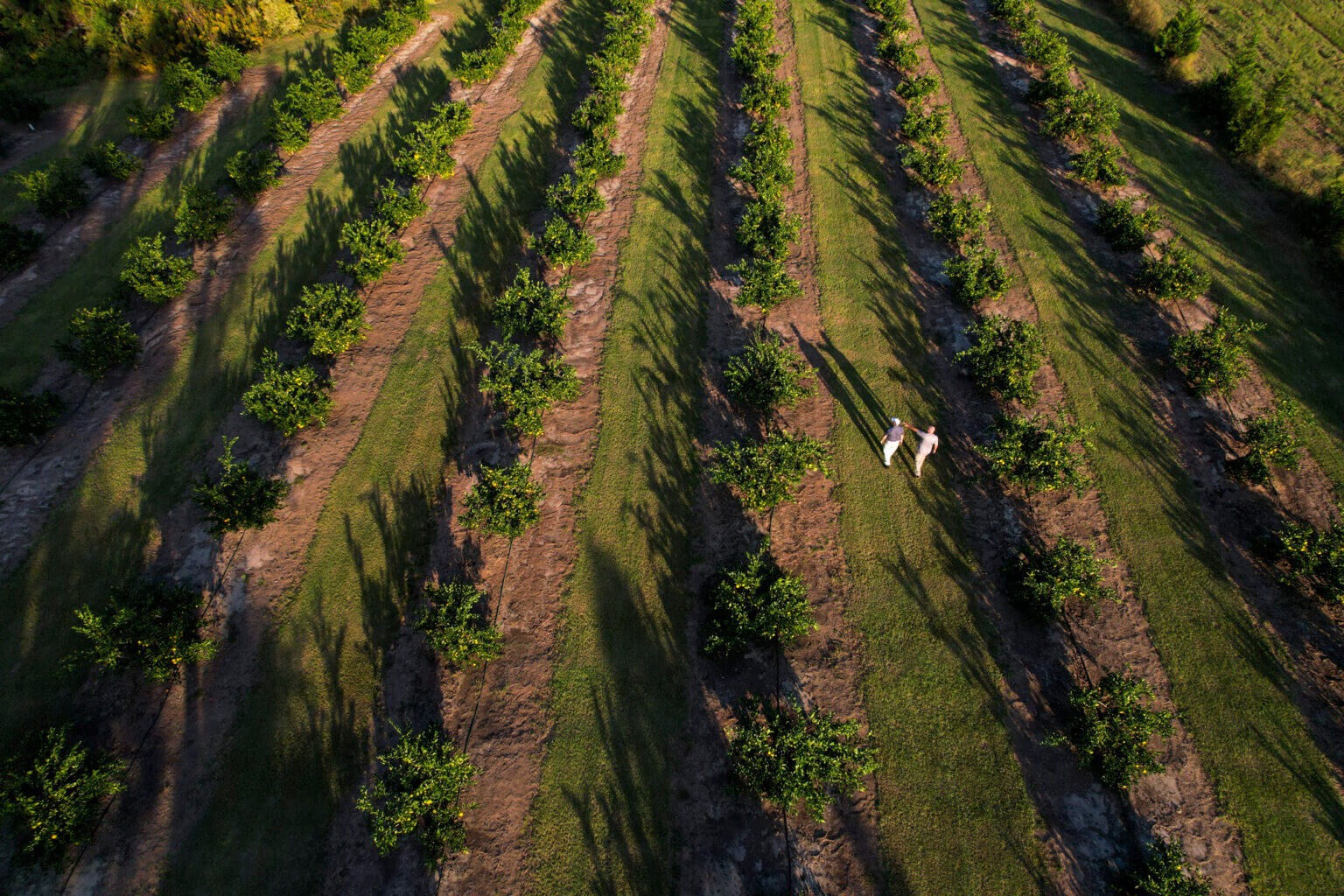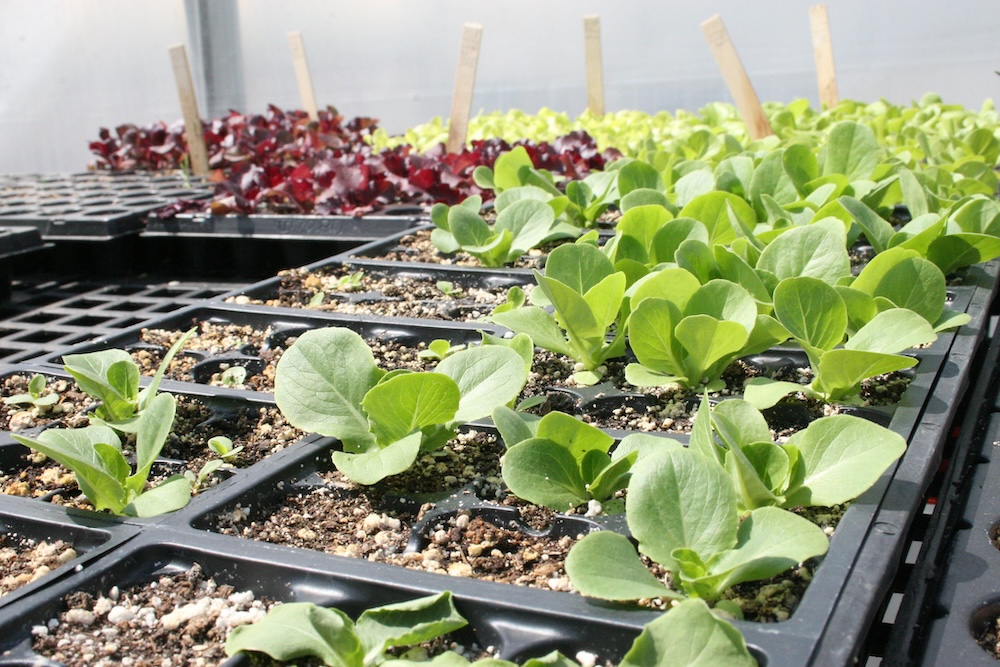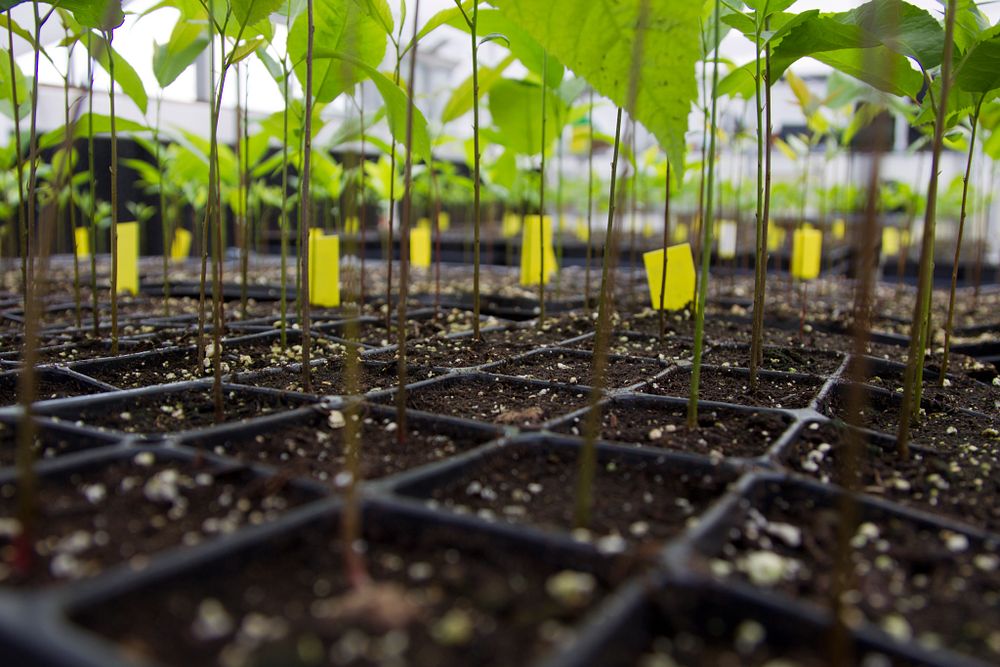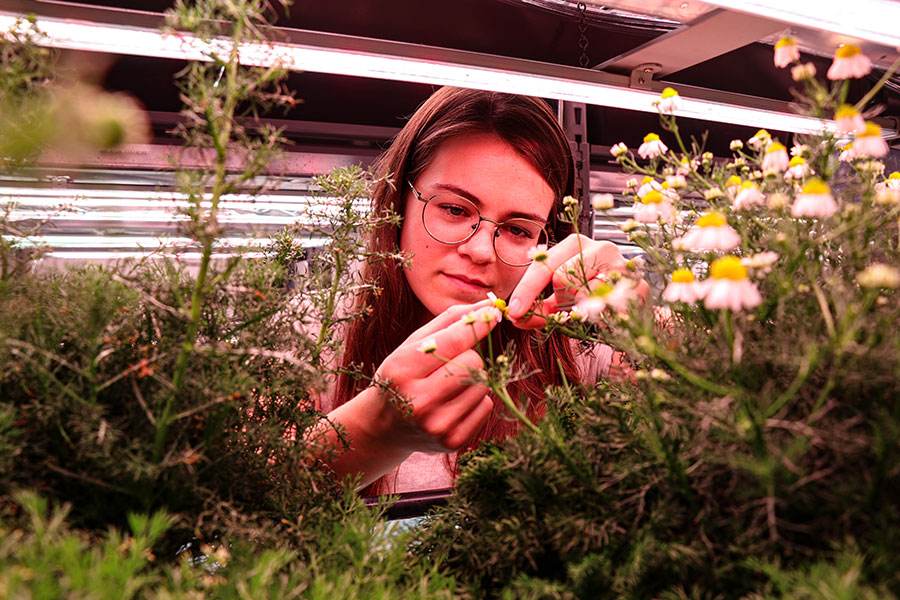Many parts of Georgia have received excessive amounts of rain over the past few weeks. Although the rain is good for the state’s drought conditions, too much rain in a short period of time can cause havoc in vegetable gardens.
Too much water can cause classic cases of fruit split in watermelons. This is relatively common in melons as well as tree fruits such as plums. Watering evenly is extremely important, especially in the last two weeks of growth. Excess water at this stage can cause the fruit to pop.
Excessive amounts of rain can also cause fruits to lose flavor if they are close to ripening. Have you ever taken a bite of a juicy piece of melon and been disappointed by the lack of sweetness? This is in part due to the variety of the plant, but it is also affected by the amount of water that was applied to the plants during that final stage of ripening when sugars are being formed. If you are relying on Mother Nature to provide your irrigation, you have to take what you can get — and sometimes what you get is split fruit.
Cracked tomatoes
High temperatures and prolonged rainfall or wet soil can also cause radial cracking in tomatoes, as the tomatoes expand too rapidly and crack their delicate skins.
Another form of cracking is called concentric cracking. This encircles the tomato and also is caused by rapid growth, but generally occurs when there are alternating periods of rapid growth followed by slower growth. This can occur with wet and dry cycles or cycles of high and low temperatures. Generally this type of cracking occurs as fruits near maturity. Even moisture throughout the growing period will help alleviate this problem.
Blossom End Rot
Fluctuation in watering patterns can also cause blossom end rot in peppers and tomatoes. This is due to a calcium deficiency that causes the bottom of the tomato or pepper fruit to develop a rotten spot.
Just as calcium gives humans strong bones, it gives plants strong cell walls. Calcium is transported into a tomato through the vascular system of the plant in a process called transpiration. When this process is disrupted by either long periods of dryness or excessive watering or rain, the normal calcium transport process is derailed and developing tomatoes or peppers don’t get enough calcium.
To ward off blossom end rot, have your soil tested several months before planting to insure the soil pH is right. It needs to be about 6.2 to allow the plant to absorb the nutrients in the soil. Using dolomitic lime to correct the pH and add extra calcium and magnesium to the soil.
Foliar sprays that contain calcium are on the market, but these have little effect on blossom end rot as calcium is only taken up by the roots and vascular system. It is more important to try to regulate the amount of water given to the plants. If you have an irrigation system, make sure it is not applying water during rainy periods. If you don’t have an irrigation system, try to water on a regular schedule to avoid spikes in nutrient and water uptake.
Vegetable gardens only need about an inch or two of water a week. Don’t kill them with kindness.






